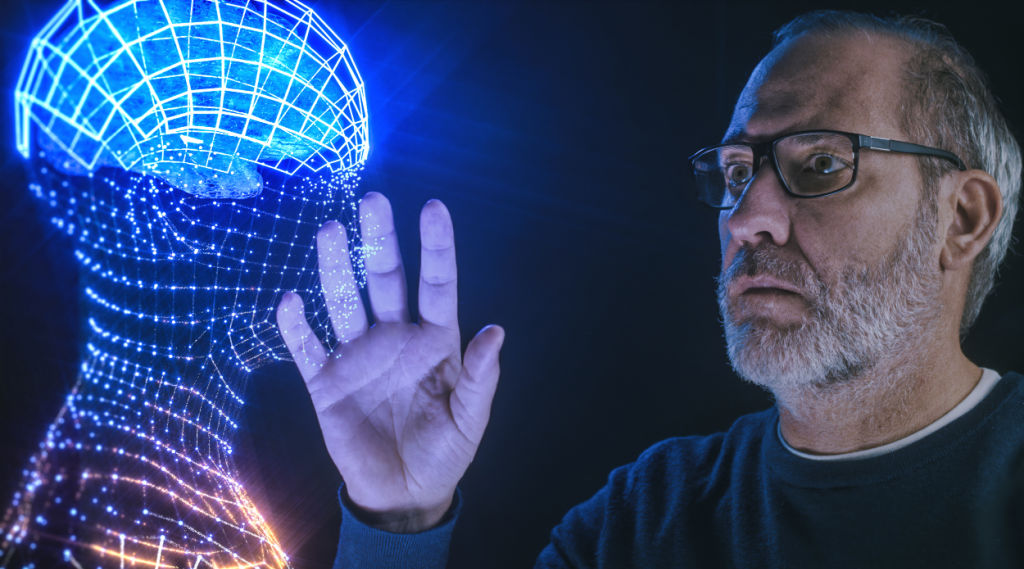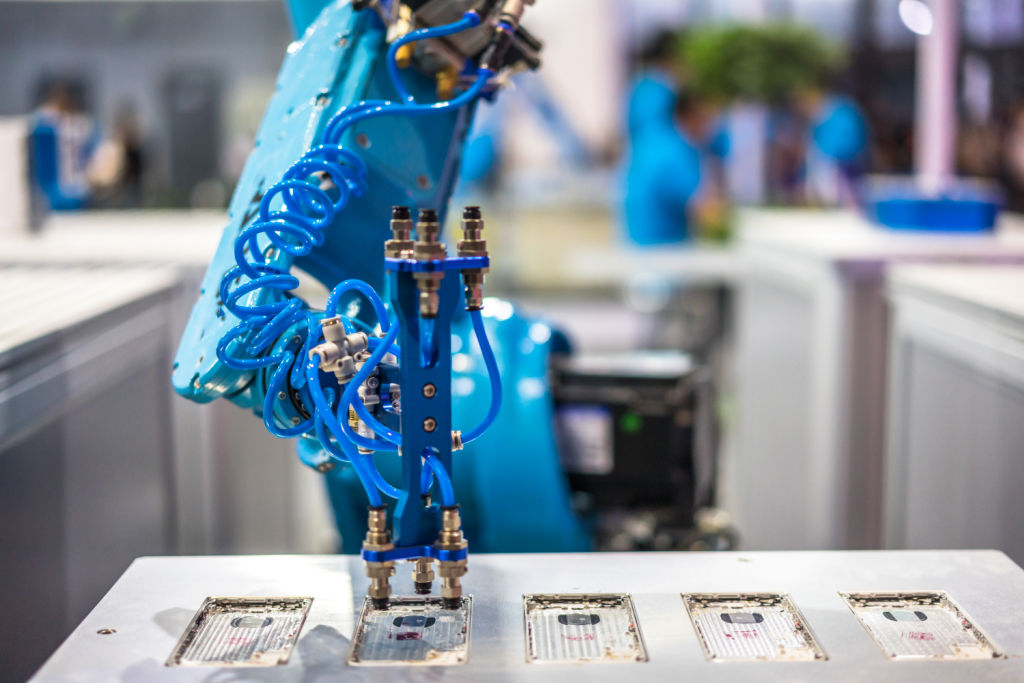
Since the 1980s, robots have been partnering with humans in many fields. Welders, painters, and even doctors have used robots for years to perform their tasks. Today, robots are becoming increasingly sophisticated, able to navigate indoor environments, recognize weeds using lasers, and even help surgeons direct instruments more precisely. And they are even becoming autonomous. As these advances continue to develop, one must ask, “Are Robots Going to Steal Our Jobs in the Future?”
Automation replaces unskilled labor
The rapid development of technology is redefining the nature of work, and society must find ways to leverage these changes to benefit from its potential and address the challenges associated with them. This article fills a gap in the research literature by examining how workers can prepare for the challenges associated with automation. This will influence how well society is able to adapt to the changes brought by automation. In particular, we identify links between worker characteristics and their attitude toward automation.
The standard model for productivity assumes that productivity will increase 2 percent annually from 1963, but we’ve only seen 1.2 percent in real terms. That means that wage growth for low-skilled workers has actually fallen by one percent a year since the start of the era of automation. However, the greatest challenge in the coming years will be figuring out how to deal with the changing skills and knowledge required to compete in the new workplace.
Robots can do process-driven jobs faster
Today, robots can do a wide range of tasks, from assembly line work to customer service. These jobs are repetitive and prone to human error, and robots can do them faster and more accurately than humans can. This has huge implications for many industries, including manufacturing and service, and it can make human workers more efficient and profitable. But what are the benefits of robotics for the manufacturing industry? Ultimately, robots can help companies do their process-driven jobs faster and more efficiently.

When introduced into the workplace, robots do not replace humans; they simply take their place. Many workers in manufacturing, assembly line jobs, and warehouses have been affected by the introduction of robots. Robots that can carry up to 150 pounds all day, for example, will retrieve boxes, sort them, and load trucks. In agriculture, robots will continue to automate fruit and vegetable picking, and pharmacies will feature a single robot dispensing prescriptions. Human pharmacists will be able to focus on patient consultation. Similarly, robots will take over cleaning chores and late-night tasks.
Robots can program themselves
Some of us are nervous that robots will replace us in the future. It is possible, but we must be careful. Robots are already replacing us in some low-skilled jobs. For example, janitorial work, childcare, and gardening do not require a high level of skill. Robots will fulfill these tasks, but they do not have the emotional intelligence to do the same things as humans.

Although robots have been used in many industries for decades, experts say the world is reaching a tipping point for their widespread deployment. Developed countries are not yet ready for this transition. As more robots are developed, workers will face increasing pressure. As a result, workers will have to deal with more demanding jobs and increased risks. Currently, Amazon’s warehouses have more workers injured than other warehouses without robots.
Regulations on AI-powered technology
As AI continues to grow, more occupations will interact with AI applications. These applications will be used in factories, offices, retail stores, hospitals, and even law firms. Regulations will be necessary to ensure that people remain employed, but the future of the workforce is uncertain. It is important to keep in mind that AI-powered technology will likely not replace humans entirely. The future of work is likely to be much different than it was a few decades ago.

While the threat of AI-powered technology is real, there are steps we can take to prepare for it. By getting an education, learning new skills, and becoming involved in rural communities, we can prepare for the possibility of job displacement. Government assistance programs for displaced workers are already in place. However, the future of our jobs is uncertain, but we must take steps to ensure our future well-being.
The threat of collapse of human civilization
Antonio Garcia Martinez, a silicon valley insider, recently warned of a possible collapse of human civilization due to robotics taking our jobs in the future. Automation is a long-foreshadowed future harbinger, and as robots and AI become cheaper, the threat to jobs grows. Elon Musk has also recently warned that automation is a threat to everyone.

In the United States, manufacturing jobs peaked in the 1980s, and despite the relatively low wages, a recent study has found that more than 20,000 industrial robots are already operating in the country. The number is only expected to rise. By 2025, 10% of jobs that require driving will be automated. Meanwhile, the trend toward driverless cars will reach its peak in the next twenty-five years, according to Cornell University’s computer science professor.